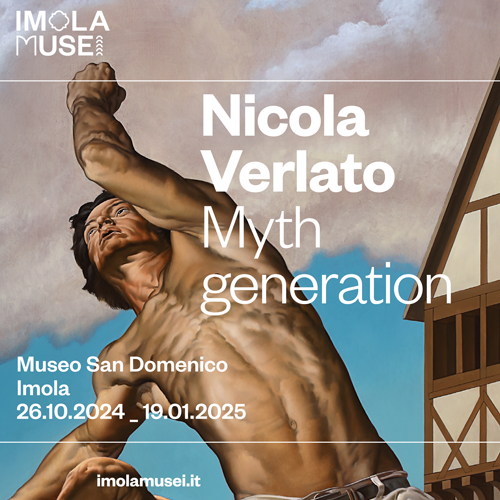Even in prehistoric times, piercings were done
The journal Antiquity has published a study by researchers at Ankara University that would reveal how the practice of what is now called “piercing” was already in use in prehistoric times. The study reports the discovery of a group of archaeologists uncovered at the Neolithic archaeological site of Boncuklu Tarla, in southeastern Anatolia in Turkey(here is Finestre sull’Arte’s report on Neolithic sites in Anatolia in 2022), more than 100 ornaments from human burials placed around the ear and chin areas. Yes, they would have been used not only for the ears but also for the lip. They were already contemporary. And they would be the earliest evidence of body piercing that we would consider today to be aesthetic in nature. The materials used are limestone, obsidian, chlorite, copper or river pebbles.
The excavations were done in the years from 2012 to 2017, and today the conclusions of the investigations were given. What has most caught the interest of scholars is the combination of the findings next to the human remains of adult men and women but not children, and the use of the ornament even on the lip (lower lip, as shown by the particularly worn lower incisors).



The team of archaeologists at Boncuklu Tarla was led by Emma Louise Baysal (among the world’s foremost experts on Neolithic personal ornamentation), who said about the discovery, “This shows that the traditions that are still part of our lives today were already developed in the important transitional period when people began to settle in permanent villages in western Asia more than 10,000 years ago. They had very complex ornamentation practices involving beads, bracelets and pendants, including a highly developed symbolic world that was expressed through the human body.”
The finding only in adults leads one to think that the use of these ornaments was also a symbol to be used in a social or religious context, as we would say in today’s day and age. And according to Emma Louise Baysal, the discovery is also important because it challenges current theories about it: these ornaments in Boncuklu Tarla change the dating of the beginning of these practices, which until now was considered to be around the middle of the seventh millennium B.C.E..... mankind has therefore been piercing their ears or lips for as many as 12,000 years, there would be a need to understand what prompted and what drives them.
The study notes how “these findings provide the first indication of the purpose for which early piercings were made and worn. Labret and ear ornaments were widely used in parts of Southwest Asia during the early Neolithic period. Although some examples have been found in western Anatolia and the Aegean, there is no evidence of their use in the Neolithic regions of central Anatolia.”
 |
| Even in prehistoric times, piercings were done |
Warning: the translation into English of the original Italian article was created using automatic tools. We undertake to review all articles, but we do not guarantee the total absence of inaccuracies in the translation due to the program. You can find the original by clicking on the ITA button. If you find any mistake,please contact us.





























